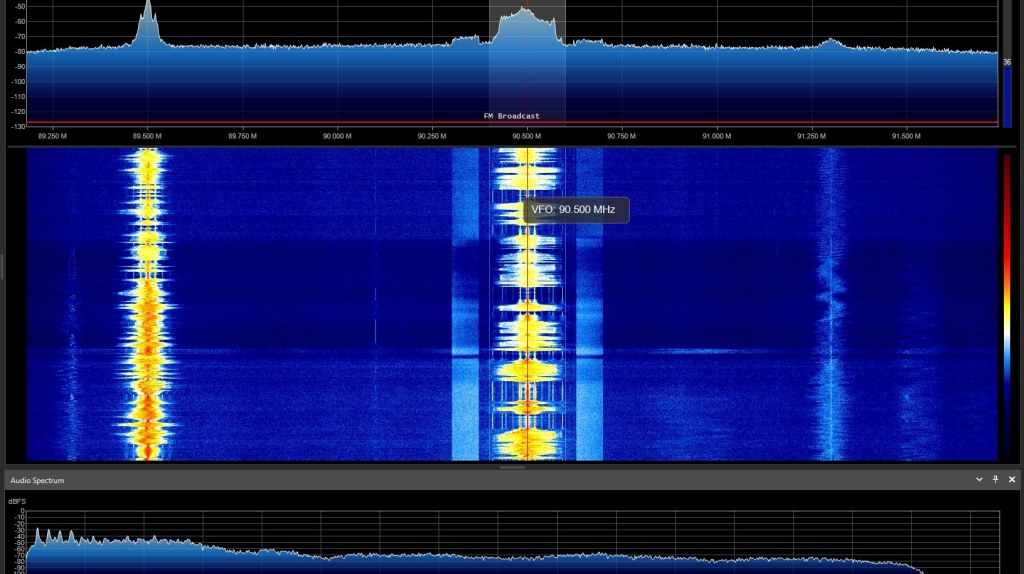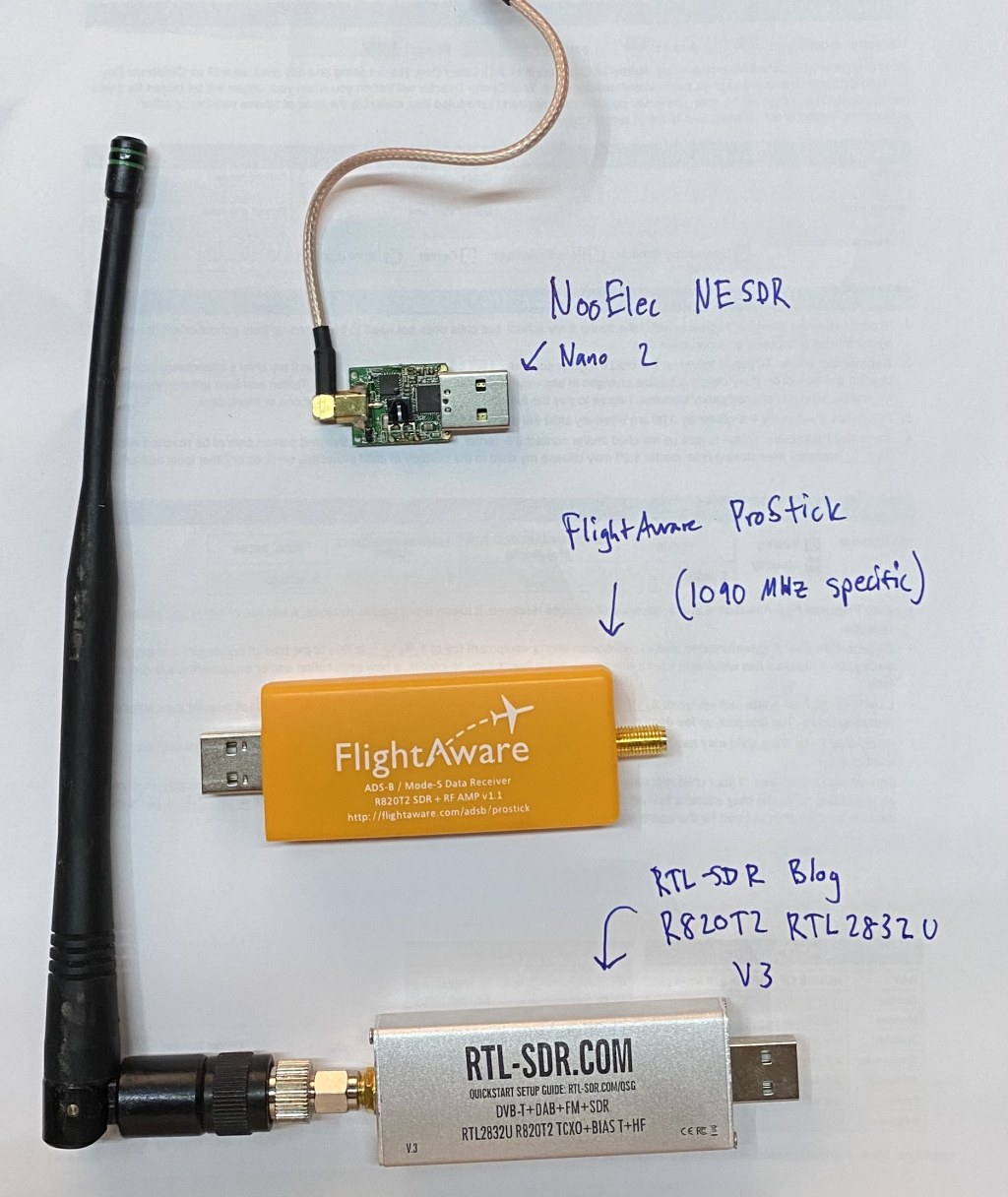Master Software Defined Radio Tutorials: Unlock Endless Possibilities With Ease!
Software Defined Radio Tutorials: Unlocking the Potential of Wireless Communications
Introduction
Greetings, Readers! In today’s digital age, where wireless communication is the backbone of our interconnected world, understanding software-defined radio (SDR) is more important than ever. SDR represents a revolutionary approach to radio wave processing, allowing for flexible, efficient, and versatile communication systems. In this article, we will delve into the world of SDR tutorials, exploring the what, who, when, where, why, and how of this fascinating technology.
2 Picture Gallery: Master Software Defined Radio Tutorials: Unlock Endless Possibilities With Ease!


What is Software Defined Radio?
📻 Software Defined Radio (SDR) is a cutting-edge technology that enables wireless communication systems to be implemented and modified through software. Unlike traditional radios that rely on hardware components for signal processing, SDR utilizes software algorithms to interpret and manipulate radio waves. By decoupling the hardware and software aspects, SDR offers unprecedented flexibility and adaptability in wireless communications.
Who Can Benefit from SDR Tutorials?

Image Source: i0.wp.com
🔧 SDR tutorials are invaluable resources for a wide range of individuals, including hobbyists, students, researchers, and professionals in the field of wireless communications. Whether you are an aspiring radio enthusiast or an experienced engineer, SDR tutorials provide essential knowledge and practical guidance to unlock the full potential of this technology.
When Should You Dive into SDR Tutorials?
⏰ The time to explore SDR tutorials is now! With the rapid advancements in wireless technologies, staying ahead of the curve is crucial. Whether you are looking to enhance your skills, embark on a new project, or simply expand your knowledge, delving into SDR tutorials will equip you with the necessary tools to navigate the ever-evolving world of wireless communications.
Where Can You Access SDR Tutorials?
🌍 SDR tutorials can be found across various online platforms, including websites, forums, and video channels. Reputable sources such as IEEE, GitHub, and YouTube offer an extensive range of tutorials, guides, and resources to assist you in your SDR journey. Additionally, local universities and organizations often host workshops and seminars that provide hands-on experience with SDR.
Why Should You Embrace SDR Tutorials?

Image Source: austinsnerdythings.com
🌟 Embracing SDR tutorials opens up a world of possibilities in wireless communications. By mastering SDR, you gain the ability to design and implement custom wireless systems, optimize signal processing algorithms, and even contribute to advancements in communication technologies. SDR empowers you to innovate and create, driving the future of wireless connectivity.
How to Get Started with SDR Tutorials?
🎯 Getting started with SDR tutorials requires a combination of theoretical understanding and practical application. Begin by familiarizing yourself with the basics of radio wave propagation, modulation techniques, and digital signal processing. Once you have a solid foundation, dive into tutorials that utilize popular SDR platforms such as GNU Radio or HackRF. Experiment with different applications, such as spectrum analysis, signal demodulation, or even building your own wireless transceiver.
Advantages and Disadvantages of Software Defined Radio Tutorials
✅ Advantages:
Unprecedented Flexibility: SDR tutorials empower users to customize and adapt wireless systems to their specific needs.
Cost Efficiency: By replacing specialized hardware components with software, SDR reduces the need for expensive equipment.
Innovation Catalyst: SDR tutorials foster innovation, enabling enthusiasts to push the boundaries of wireless communication.
Education and Skill Enhancement: SDR tutorials provide a platform for continuous learning and skill development in the field of wireless communications.
Open-Source Community: The SDR community is thriving with collaboration, sharing of knowledge, and open-source projects that developers can contribute to.
❌ Disadvantages:
Learning Curve: Due to the complex nature of SDR, beginners may face a steep learning curve when diving into tutorials.
Hardware Limitations: While SDR offers flexibility, certain applications may require specialized hardware not readily available.
Regulatory Compliance: Adhering to regulatory standards and obtaining appropriate licenses may be necessary for some SDR projects.
Interference Challenges: The increased flexibility of SDR systems can make them more susceptible to interference from other devices.
Resource Intensive: Running SDR applications on low-spec hardware may result in limited performance and reduced capabilities.
Frequently Asked Questions (FAQ)
Q: Can I use SDR for amateur radio purposes?
A: Absolutely! SDR provides a powerful platform for amateur radio enthusiasts, allowing for experimentation, signal analysis, and even building custom transceivers.
Q: Are there any legal considerations when using SDR?
A: Yes, it is essential to familiarize yourself with the regulations governing the use of SDR in your country. In some cases, licenses may be required for certain frequencies or applications.
Q: Can SDR be integrated into existing wireless networks?
A: Yes, SDR can be seamlessly integrated into existing wireless networks, offering enhanced flexibility, improved performance, and the ability to adapt to changing conditions.
Q: Is SDR limited to radio communications only?
A: Not at all! While SDR is primarily associated with radio communications, its principles and techniques can be applied to other domains, such as software-defined radar systems or even cognitive radio networks.
Q: How can I contribute to the SDR community?
A: There are numerous ways to contribute to the SDR community. You can share your knowledge through tutorials, collaborate on open-source projects, or participate in forums and conferences dedicated to SDR and wireless communications.
Conclusion
In conclusion, delving into software-defined radio tutorials opens up a world of possibilities in the realm of wireless communications. By embracing SDR, you can unlock the potential to design, innovate, and shape the future of wireless connectivity. So, what are you waiting for? Dive into SDR tutorials, explore the vast landscape of possibilities, and embark on an exciting journey towards wireless excellence!
Final Remarks
📝 While software-defined radio tutorials provide invaluable knowledge and insights, it is crucial to exercise caution and adhere to legal and regulatory requirements when conducting experiments or implementing SDR applications. Always prioritize safety, ethical practices, and respect for others’ communication systems. Remember, responsible usage of SDR ensures a harmonious and interconnected wireless world for everyone to enjoy.
This post topic: Software Tutorials



